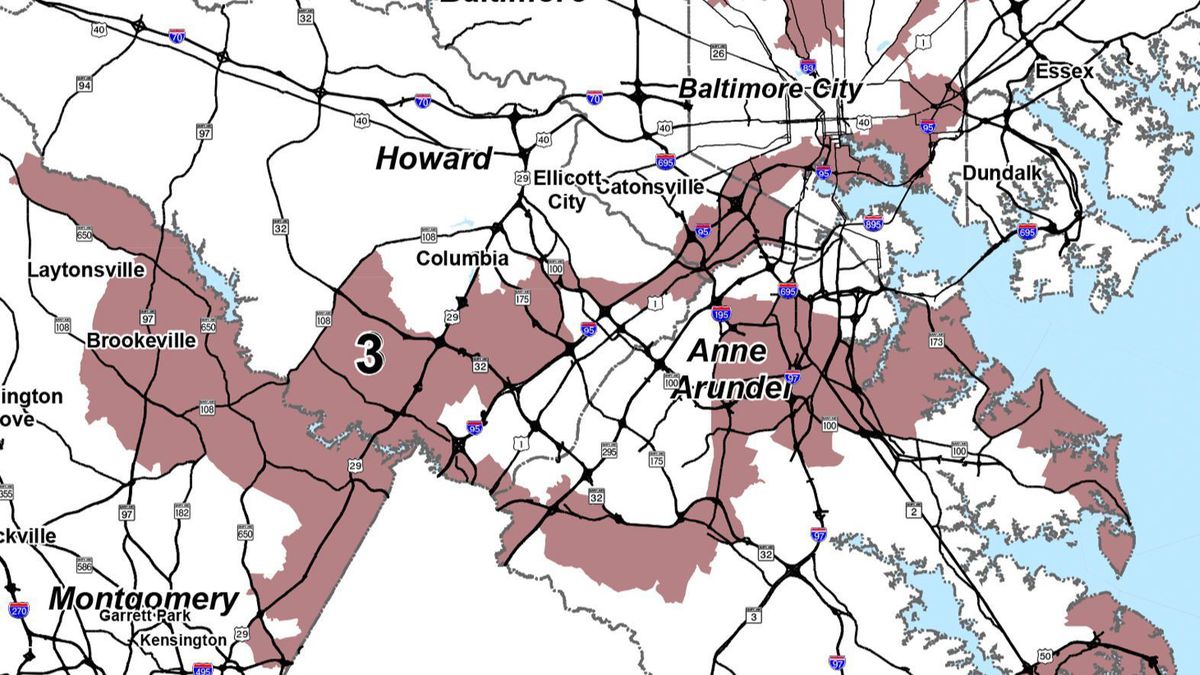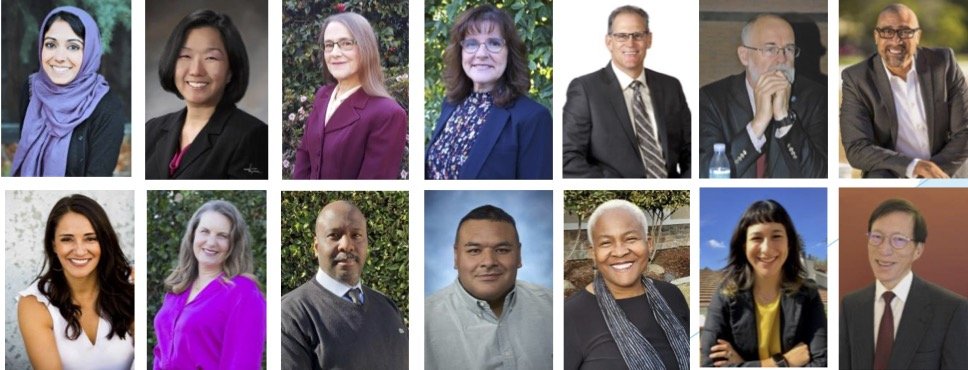You Can Participate in Drawing the Lines!
Why should you participate in redistricting, the process of setting new congressional and state legislative boundaries?
Because it is easy, it matters, and you only have this opportunity every ten years.
- Attend and comment at a virtual public meeting of the Commission: August 11, LA County; September 1, Orange County; September 8, All of Southern California. Details here.
- Electronically submit comments and maps.
Link to Commision website, Link to meetings, How to comment, Link to digital toolkit.
Do not miss this once in a decade opportuntiy!
CITIZENS COMMISSION DESIGNING NEW CALIFORNIA LEGISLATIVE AND CONGRESSIONAL DISTRICTS FOR 2022

Maryland’s 3rd Congressional district, represented by Democrat John Sarbanes, is one of the most gerrymandered districts in the United States. Gerrymandering is manipulating legislative boundaries to benefit one party or individual.

Above are all fourteen of the members of the non-partisan California Citizens Redistricting Commission. It is a diverse group. You can read more about them here. Credit: Credit California Citizens Redistricting Commission
- All districts must have an equal population, which will be roughly 760,000 for each congressional district.
- Minorities, as provided by the 1965 Voting Rights Act, must have an equal chance to elect the public officials they favor.
- Division of counties, municipalities, neighborhoods and Communities of Interest needs to be minimized as much as possible.
- Unlike the Maryland congressional district mentioned earlier, California congressional districts need to be compact and contiguous with all parts of the district being connected to each other.



Add new comment